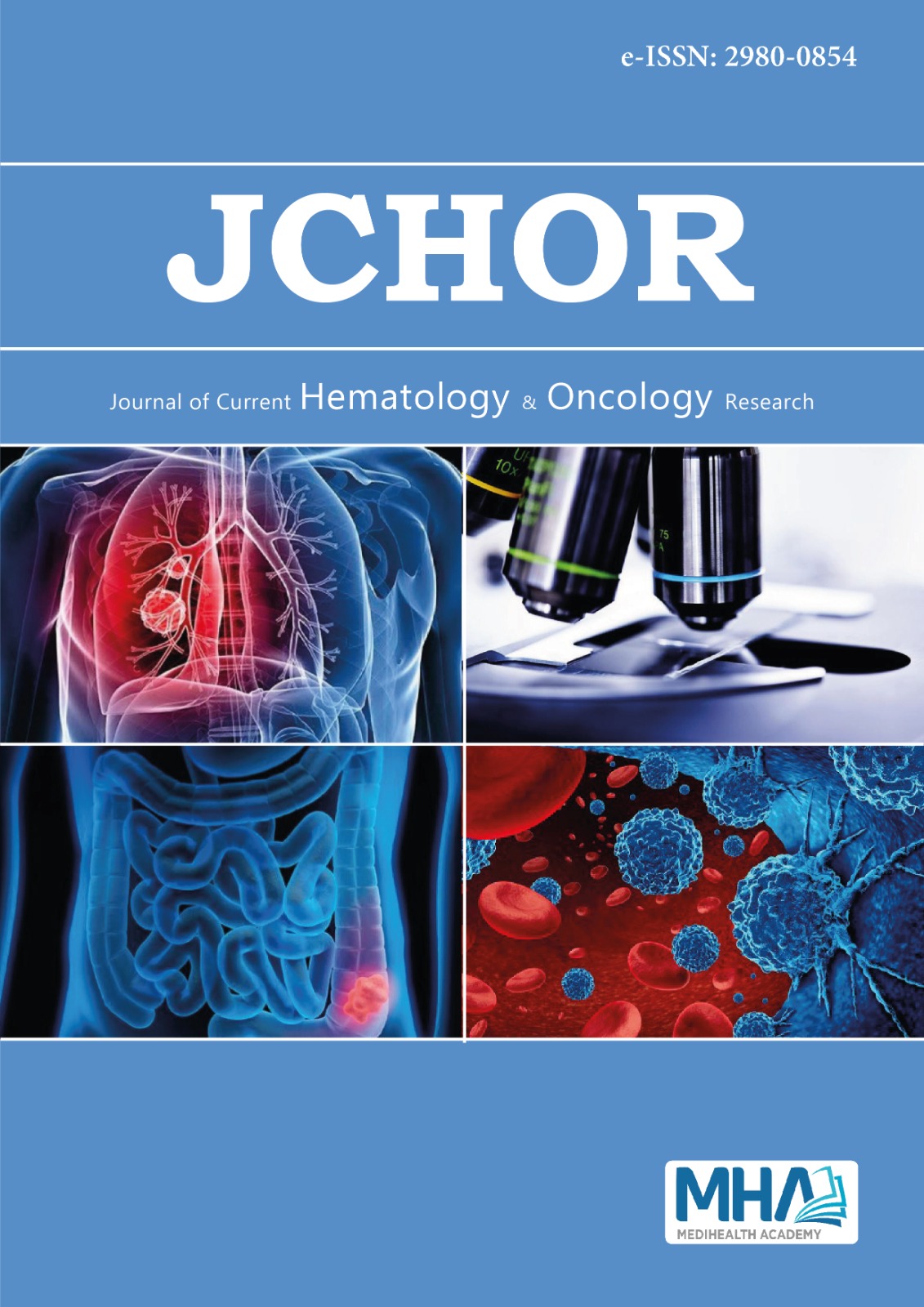1. Frei E, 3rd. Curative cancer chemotherapy. Cancer Res. 1985; 45(12 Pt1): 6523-37.
2. Furue H. Chemotherapy cancer treatment during the past sixty years.Gan to Kagaku Ryoho Cancer Chemother. 2003; 30: 1404-1411.
3. Fontanella C, Bolzonello S, Lederer B, Aprile G. Management ofbreast cancer patients with chemotherapy-induced neutropeniaor febrile neutropenia. Breast Care (Basel). 2014;9(4):239-245.doi:10.1159/000366466
4. Lalami Y, Klastersky J. Impact of chemotherapy-induced neutropenia(CIN) and febrile neutropenia (FN) on cancer treatment outcomes:An overview about well-established and recently emerging clinicaldata. Crit Rev Oncol Hematol. 2017;120:163-179. doi:10.1016/j.critrevonc.2017.11.005
5. Yaegashi Y, Shirakawa K, Sato N, et al. Evaluation of a newly identifiedsoluble CD14 subtype as a marker for sepsis. J Infect Chemother.2005;11(5):234-238. doi:10.1007/s10156-005-0400-4
6. Memar MY, Baghi HB. Presepsin: A promising biomarker for thedetection of bacterial infections. Biomed Pharmacother. 2019;111:649-656. doi:10.1016/j.biopha.2018.12.124
7. Malkoç M, Kural B. Presepsin: Sepsis tespiti için umut verici yeni birbiyobelirteç. Celal Bayar Üniversitesi Sağlık Bilimleri Enstitüsü Dergisi.2021; 8(3): 553-557. doi: 10.34087/cbusbed.887818
8. Lippi G. Sepsis biomarkers: past, present and future. Clin Chem LabMed. 2019;57(9):1281-1283. doi:10.1515/cclm-2018-1347
9. Marcıo Borges SA, Crespo RZ. Screening and early detection of sepsis.The Sepsis Codex-E-Book, 2023: 41.
10. Yılmaz R. Monitörizasyonda biyobelirteçler. Boşnak M, editör. Çocukyoğun bakımda monitörizasyon. 1. Baskı. Ankara: Türkiye Klinikleri;2022. p.98-114.
11. Okamura Y, Yokoi H. Development of a point-of-care assay system formeasurement of presepsin (sCD14-ST). Clinica Chimica Acta; Int J ClinChemistry. 2011; 412: 2157-2161.
12. Özdemir ZC, Düzenli-Kar Y, Canik A, Küskü-Kiraz Z, Özen H, BörÖ. The predictive value of procalcitonin, C-reactive protein, presepsin,and soluble-triggering receptor expressed on myeloid cell levels inbloodstream infections in pediatric patients with febrile neutropenia.Turk J Pediatr. 2019;61(3):359-367. doi:10.24953/turkjped.2019.03.007
13. Olad E, Sedighi I, Mehrvar A, et al. Presepsin (scd14) as a markerof serious bacterial infections in chemotherapy induced severeneutropenia. Iran J Pediatr. 2014;24(6):715-722.
14. Maurice M, Nafea D, Sawy M, Swelem R, Youssef S. Usefulness ofpresepsin (soluble CD14 subtype) as a diagnostic marker of sepsis inEgyptian patients with acute myeloid leukemia. Am J Mol Biol 2014; 4:169-176.
15. Bamba Y, Moro H, Aoki N, et al. Increased presepsin levels areassociated with the severity of fungal bloodstream infections. PLoSOne. 2018;13(10):e0206089. doi:10.1371/journal.pone.0206089
16. Koizumi Y, Shimizu K, Shigeta M, et al. Plasma presepsin level is anearly diagnostic marker of severe febrile neutropenia in hematologicmalignancy patients. BMC Infect Dis. 2017;17(1):27. doi:10.1186/s12879-016-2116-8
17. Jereb M, Mavric M, Skvarc M, et al. Usefulness of presepsin asdiagnostic and prognostic marker of sepsis in daily clinical practice. JInfect Dev Ctries. 2019;13(11):1038-1044. doi:10.3855/jidc.11764
18. Mihajlovic D, Brkic S, Uvelin A, Draskovic B, Vrsajkov V. Use ofpresepsin and procalcitonin for prediction of SeptiFast results incritically ill patients. J Crit Care. 2017;40:197-201. doi:10.1016/j.jcrc.2017.04.008
19. Guarino M, Perna B, Maritati M, et al. Presepsin levels and COVID-19severity: a systematic review and meta-analysis [published online aheadof print, 2022 Nov 15]. Clin Exp Med. 2022;1-10. doi:10.1007/s10238-022-00936-8
20. Kim SW, Lee H, Lee SH, Jo SJ, Lee J, Lim J. Usefulness of monocytedistribution width and presepsin for early assessment of disease severityin COVID-19 patients. Medicine (Baltimore). 2022;101(27):e29592.doi:10.1097/MD.0000000000029592

